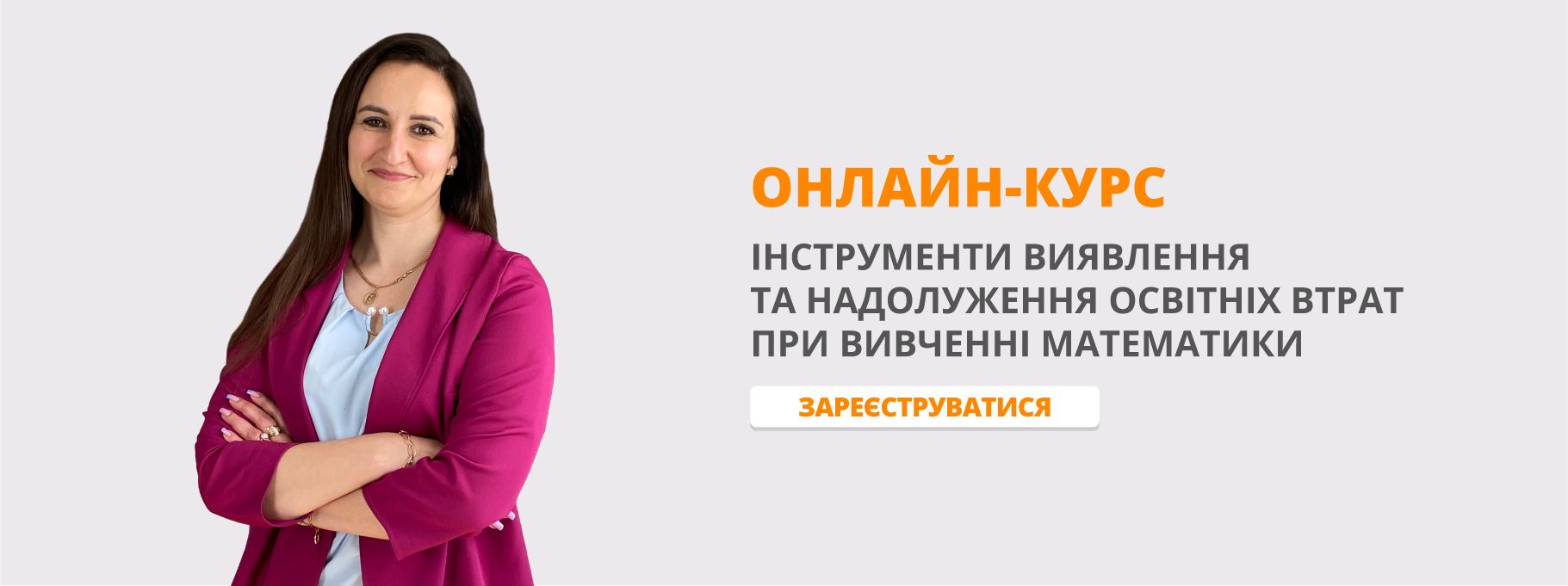Урок "Тварини. Частини тіла. Повторення вивченої лексики та мовних структур"
Form 2
Topic: Revision of topics “Animals” and “Body Parts” (vocabulary and speech structures)
Objectives: to revise the vocabulary and speech structures on topics “Animals” and “Body Parts”;
to develop students’ speaking, writing, reading and listening skills;
to improve students’ communication and collaboration skills, critical thinking skills, creativity, leadership qualities, the ability to work in pairs and groups.
Outcomes: at the end of the lesson pupils will be able to talk, write, read and understand the material on topics “Animals” and “Body Parts” using the appropriate vocabulary and grammar structures.
Materials: flashcards on topics “Animals” and “Body Parts”, handouts, a laptop, a TV set, a mobile phone
Procedure
1. Introduction (greeting, telling the aim of the lesson)
-Good morning, children! Good morning, dear guests!
-How are you today?
Song “Hello to everyone”
- At this lesson we will revise the words and songs on topics “Animals” and “Body Parts”, we will do some reading, writing, speaking and listening activities on these topics.
2. Vocabulary revision
-First of all, let’s revise the words on the topics. I’ll show you the flashcards and you will say the word.
Game “Clap Your Hands”
- And now let’s listen to the sounds of wild animals. Listen and say what animal it is. (Unit 5 Lesson 1.2)
Game “Show Me Your …” (Body Parts)
3. Song “Head and Shoulders”
And now let’s sing the song “Head and Shoulders”.
4. Reading acitivity (Books, p.72)
-We have already learnt the description of some animals. Let’s read the description of an animal in your books. Open your books on page 72. This is exercise 2. (2 pupils are reading).
5. Listening Comprehension
-And now I will read you some texts about animals. And you will try to guess what animal it is.
It is big. It has got four short legs and a long tail. It has got a big mouth and big teeth. It is green. And it is very dangerous. (A crocodile)
This animal is small. It is brown. It has got a long tail. It is funny and it likes bananas. (A monkey)
This animal is long. It is very dangerous. (A snake)
This animal is not big. It can run very fast. It is black and white. (A zebra)
It is small. It is red, green, yellow and blue. It can fly. (A parrot).
6. Reading and writing activity (the task about Ella, the elephant)
And now you have to fill in the gaps and then read a text.
Let’s read the words that you have to write.
Are you ready? Who would like to read this text? (3-4 pupils are reading)
7. Song “How many, how many…?”
8. Speaking practice (work in pairs)
1) Let’s talk about your body parts.
- How many legs have you got?
How many fingers have you got?
How many eyes have you got?
How many hands have you got?
And now ask your friend about his or her body parts. Ask questions and answer them in pairs. (The question and the answer are on the blackboard and on the handouts).
Who would like to act out a dialogue?
2) (depending on time)- Now you are going to work in pairs and ask each other about how many animals you can see in the picture. Open your books on page 69.
Let’s read this question together :
How many elephants can you see?
I can see two elephants.
-How many lions can you see?(3 lions).
- How many zebras can you see?(4 zebras).
-How many parrots can you see? (8 parrots)
-How many crocodiles can you see? (8crocodiles)
-How many snakes can you see? (5 snakes)
-How many giraffes can you see? (3 giraffes).
- Who would like to act out the dialogue?
9. Reading and writing practice (group work)
Now you are ready to work in groups. So, you will work in groups of 4. I will give you some tasks in which you have to match and stick the words. The words are the parts of animal body and the human body parts.
Now, one student of each group has to present the task and read all the words.
10. Work in Activity Books (p.61) – if time permits
11. Summarizing

про публікацію авторської розробки
Додати розробку
